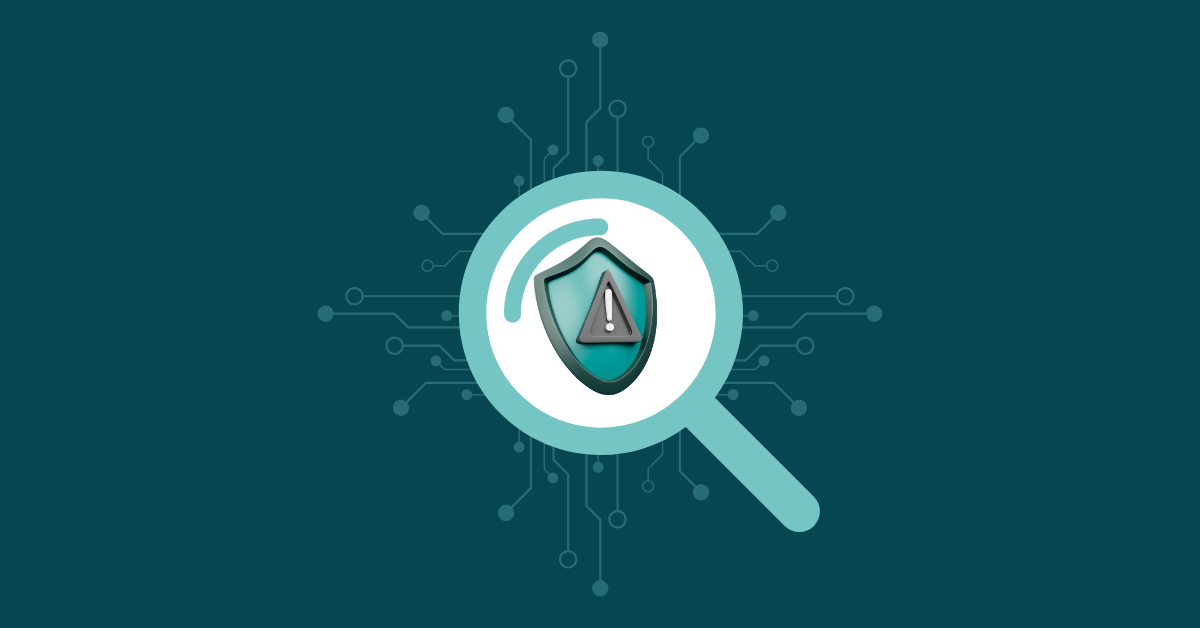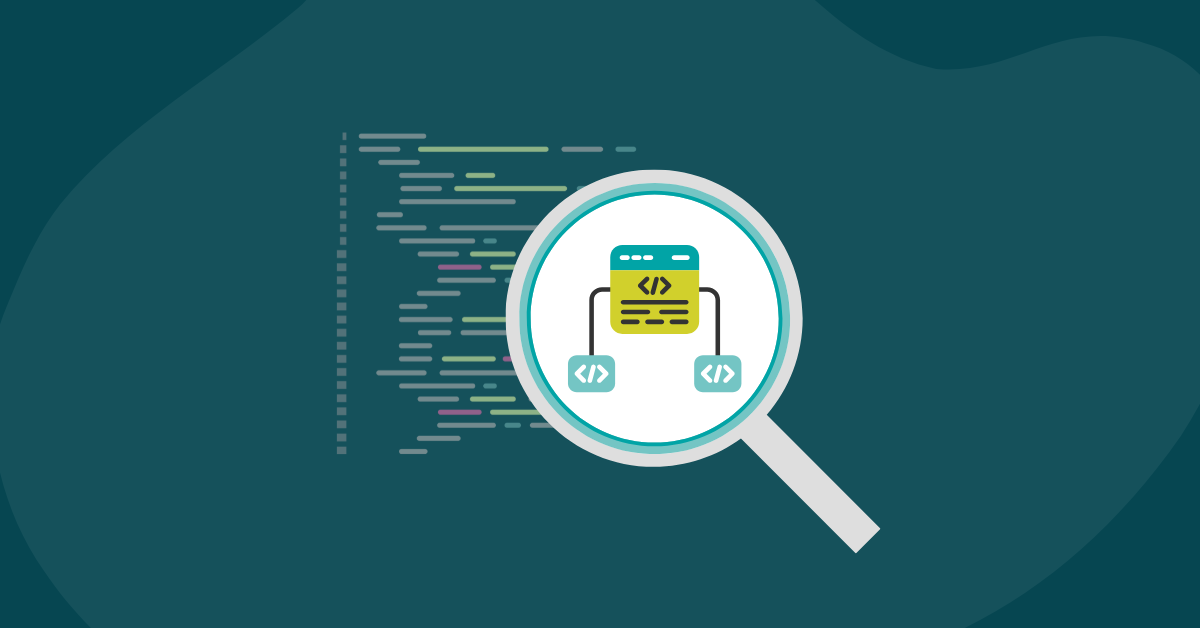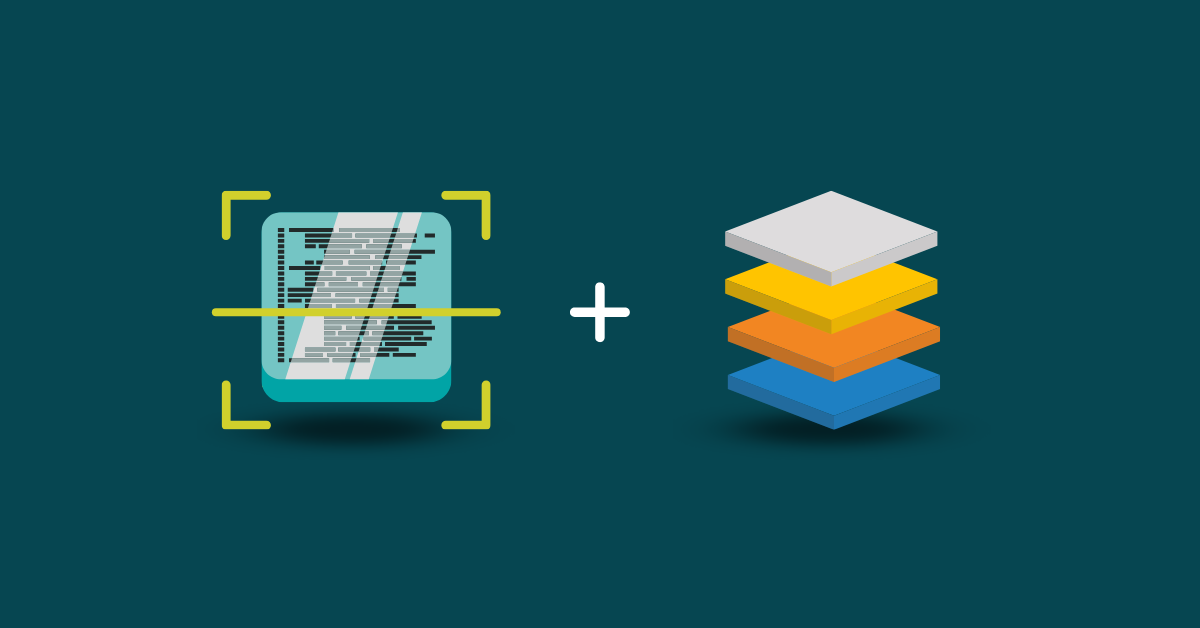

As digital threats become more frequent and sophisticated, cybersecurity teams must focus on vulnerability remediation more than ever. Vulnerability remediation is a crucial step in the vulnerability management process.
If vulnerabilities are not remedied, threat actors can easily exploit them through various endpoints, leading to data theft, financial losses, reputational damage, regulatory penalties, and a lower bottom line.
Vulnerability remediation involves identifying, fixing, and mitigating security vulnerabilities in your IT environment to reduce the attack surface. It is the front line of defence against cyber attacks and has several objectives:
Common vulnerabilities found during remediation include misconfigured systems, outdated software, and flaws in application code.
People often use the terms’ vulnerability remediation’ and ‘vulnerability management’ interchangeably. However, they are distinct concepts.
Vulnerability remediation involves cybersecurity teams addressing vulnerabilities that have already been identified. It may mean updating software, applying a security patch, or reconfiguring a system.
For instance, if your vulnerability scanning program reveals that one of your servers is running an outdated version of OpenSSL, your cybersecurity team can perform vulnerability remediation by updating OpenSSL to the latest secure release.
Vulnerability management, in contrast, is a continuous and systemic process of identifying, assessing, and addressing vulnerabilities across your IT environment. The main goal of a vulnerability management program is to identify and resolve the most critical vulnerabilities before they can be exploited.
The primary challenge is determining which vulnerabilities pose the greatest risk. Once cybersecurity teams have prioritized which vulnerabilities to address, they can allocate time, resources, and personnel effectively.
To illustrate vulnerability management, suppose your company runs a weekly vulnerability scan and detects multiple issues, including a critical vulnerability in a public server. The security team triages the findings, prioritizes the public server vulnerability due to its exposure and severity, and assigns it to the IT team for further action. The team applies a security patch within 24 hours. They then run a verification scan to confirm the fix and document the resolution for audit and compliance purposes.
This is just one cycle in the ongoing vulnerability management process. The team repeats it weekly to protect your company’s IT environment.
The vulnerability remediation process can be organized into several key steps that mirror the vulnerability management process.
However, unlike vulnerability management, which is an ongoing process done consistently according to schedule, vulnerability remediation is only performed once to address specific issues (i.e., after identifying a particular problem).
Here’s a breakdHere’s the vulnerability remediation process with practical insights for cybersecurity teams:
The first step is to locate vulnerabilities, such as software misconfiguration and inadequate code. Security teams can achieve this through regular automated scans and manual code reviews.
After identifying the vulnerabilities, the team engages in exposure assessment. In other words, they measure or estimate the intensity, frequency, and duration of exposure to vulnerabilities. Then, the cybersecurity team performs exposure validation, which determines the real-world exploitability of identified vulnerabilities by simulating cyberattacks to test the effectiveness of security controls.
Next, the team uses the results from exposure validation to prioritize and focus remediation efforts on the most dangerous vulnerabilities. Several standards, including NIST’s NVD and NIST’s Common MITRE’s Security and Vulnerability Exposures Systems (CVE), help teams prioritize mitigating vulnerabilities.
Each vulnerability is assigned to relevant teams, such as IT, AppSec, or DevOps. Each team creates a plan to fix or mitigate the issues.
Team members implement fixes through patching, mitigation strategies, or reconfiguration.
Team members perform rescans to confirm whether the vulnerabilities have been resolved.
Team members create documentation for internal tracking and compliance audits.
After identifying vulnerabilities, cybersecurity teams must prioritize them during remediation. This involves assessing and ranking identified security vulnerabilities based on various factors, including the following.
The severity of a vulnerability reflects its potential impact on the application or system. Cybersecurity staff typically measure this using the Common Vulnerability Scoring System (CVSS), which provides a standardized method for determining and rating the severity of a vulnerability.
Note, however, that CVSS scores should only be one part of your vulnerability prioritization process. Vulnerabilities with low ratings can often chain together to compromise an application or network.
This is the likelihood that a threat actor will exploit a vulnerability. Exploitability can depend on factors such as the resources and skills required to exploit the vulnerability, the availability of exploit code, and the potential of the attackers.
This is the potential damage a vulnerability can cause if exploited. Business impact damage may include reputational damage, data loss, financial loss, or system downtime. The extent of the damage depends on the organization’s type and the specific data and systems affected.
Security teams should also consider a vulnerability’s formation or business context, that is, how a vulnerability can affect an organization’s regulatory compliance requirements. This information is crucial for identifying and ranking vulnerabilities. Vulnerabilities with a higher chance of affecting your goals or compliance requirements (such as ransomware) should be ranked higher than vulnerabilities with limited impact.
Threat intelligence enables security teams to identify vulnerabilities that are actively exploited by threat actors. That way, they can focus on vulnerabilities that pose immediate risk, ensuring appropriate allocation of resources. For example, if a critical vulnerability in a widely used open-source module is actively being exploited, the team would prioritize patching it over other vulnerabilities to prevent a potential breach.
Due to its multi-step process, vulnerability remediation can be time-consuming and energy-intensive. This is especially true for small cybersecurity teams with limited resources. To accelerate and automate remediation, modern cybersecurity teams use a wide range of tools that assist them with tasks like:
These include automated vulnerability scanning tools, such as Static Application Security Testing (SAST) programs, which scan code, applications, and infrastructure for security flaws and vulnerabilities automatically. Other tools that fall under this category include security information and event management (SIEM) systems and cloud security platforms, which can monitor for policy misconfigurations and violations and trigger automated remediation actions.
These include automated patching and update tools that automatically identify outdated components and recommend stable and secure replacements. Other remediation automation tools include infrastructure-as-code (IaC) tools and configuration management platforms, which can automate the required configuration changes to fix issues.
These include security tools with development and security processes, such as CI/CD pipelines. When integrated into these pipelines, automation tools can automatically scan code for vulnerabilities and deploy fixes as part of the software development process.
By picking the right tools and solutions, teams can perform vulnerability remediation effectively and efficiently, even with limited personnel. Here’s what to look for when choosing tools for vulnerability remediation:
By implementing the right software and following best practices, your cybersecurity team can effectively protect assets and data from threat actors, thereby significantly enhancing your company’s security.
Starting or improving your vulnerability remediation process can be daunting, especially when it’s your first time. Here are some steps for putting it into practice:
Begin by scanning your asset inventories to identify all applications, systems, and devices vulnerable to third-party exploitation. In addition to using automated tools to scan for known vulnerabilities in your assets, you can simulate real-world attacks via penetration testing tools. These programs can spot vulnerabilities that may be missed by automated scans.
Now that you have identified vulnerabilities in your IT system, you can prioritize them based on their severity through the standard vulnerability scoring system (CVSS) and business impact.
Next, decide which team or individual is responsible for identifying, assessing, prioritizing, and addressing vulnerabilities. Once assigned, teams and individuals are responsible for determining the best course of action for remediation (i.e., mitigation, patching, or risk acceptance) and ensuring that the remediation is carried out effectively.
The security team then integrates remediation into CI/CD, an automated workflow for rapid and frequent integration, testing, and deployment of code changes. Integrating remediation into CI/CD allows teams to automate remediation and detect vulnerabilities early in the software development lifecycle (SDLC)—a practice known as “shifting left.” That way, security is an ongoing process, not just a one-time task at the end of the SDLC. Ultimately, integrating remediation into CI/CD makes it easier to identify and resolve vulnerabilities more quickly.
Also known as mean time to remediate (MTTR), TTR is the average time it takes to resolve a security vulnerability, from identification to resolution. Teams can calculate it by averaging the time required to remediate all identified vulnerabilities. The lower the TTR, the better your system reliability and overall cybersecurity posture are. Generally, a TTR of under 30 days is considered suitable for high-risk vulnerabilities (CVSS 7-8.9). A response time of under 14 days is preferred for critical (CVSS 9-10) vulnerabilities.
This involves creating, documenting, and implementing consistent, repeatable solutions to address recurring security incidents and vulnerabilities. Standardizing fix patterns can boost efficiency, reduce errors, and ensure a more predictable and reliable security posture.
Holding regular security retrospectives—meetings to reflect on past security practices, incidents, and processes—can help identify areas for improvement. This will make it easier for your cybersecurity team to identify and implement changes that enhance your security posture.
Finally, use tools to identify and fix vulnerabilities before threat actors can exploit them proactively. Consider adopting vulnerability scanners like Kiuwan SAST and SCA, patch management systems, and penetration testing platforms.
Vulnerability remediation can be a complex process, especially when it’s being done for the first time. If you’re looking for reliable and user-friendly vulnerability remediation tools with all these features, consider Kiuwan Code Security (SAST) and Software Composition Analysis (SCA) Insights.
Kiuwan Code Security is a leading Static Application Security Testing (SAST) solution that analyzes application source code to identify and resolve security vulnerabilities, software governance concerns, and code quality issues. It supports over 30 programming languages and integrates seamlessly into development workflows.
Kiuuwan SCA Insights complements Kiuwan SAST by helping you manage open-source risk. It automatically scans and analyzes open-source and third-party code for vulnerabilities, license compatibility issues, and other cybersecurity risks. Both tools enable teams to identify and resolve vulnerabilities in a timely manner, resulting in a safe and secure IT environment for staff, stakeholders, and users. Request a free demo today, and see how our end-to-end application security can help your organization.


